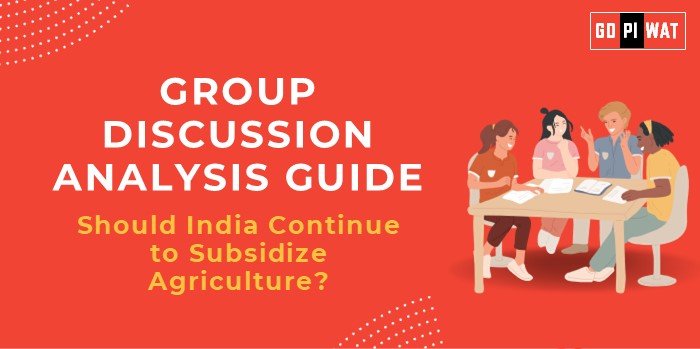📋 Should India Continue to Subsidize Agriculture?
🌾 Introduction to Agricultural Subsidies in India
Agricultural subsidies have long been a backbone of India’s rural economy, aiming to support farmers by making essential inputs affordable. However, with an estimated 13% of India’s GDP allocated to agriculture-related spending in FY2025, there’s growing debate about whether these subsidies should continue in their current form.
Since the Green Revolution, subsidies have been instrumental in increasing food production, stabilizing food prices, and supporting rural incomes. Key programs include subsidies for fertilizers, seeds, irrigation, and equipment. Recently, however, concerns about environmental impacts, economic efficiency, and the need for sustainable practices have sparked discussions on subsidy reform.
📊 Quick Facts and Key Statistics
🌾 Fertilizer Subsidy: 24% of agricultural spending goes to fertilizer subsidies alone, amounting to ₹1.64 trillion.
💧 Water Management: PMKSY’s “Per Drop More Crop” promotes efficient irrigation with subsidy support for micro-irrigation techniques.
⚠️ Soil Health Concerns: Excessive nitrogen fertilizer use has degraded soil health, increasing acidification and reducing yields.
🔍 Stakeholders and Their Roles
- 👨⚖️ Government of India: Implements subsidy programs to stabilize agricultural costs, ensure food security, and support rural incomes.
- 🚜 Farmers: Benefit directly from subsidies that reduce input costs but may be incentivized towards unsustainable practices.
- 🏭 Fertilizer Companies: Benefit from government reimbursements to provide fertilizers at reduced rates, yet face little incentive to innovate environmentally.
- 🌱 Environmental Groups: Advocate for reforms to reduce environmental degradation from subsidy-driven fertilizer overuse.
- 🏦 Financial Institutions: Engage in subsidy disbursement and financial inclusion efforts to integrate farmers into the banking system.
🏆 Achievements and Challenges
🎯 Achievements
- 🛡️ Food Security: Subsidies ensure affordable prices for essential inputs, increasing crop productivity.
- 🌾 Rural Support: Subsidies support rural economies by reducing input costs and increasing profitability for small and marginal farmers.
- 🏗️ Infrastructural Development: Programs like the AMI scheme enhance storage, reducing post-harvest losses.
- 📬 Financial Inclusion: Direct Benefit Transfer (DBT) systems provide subsidies to farmers’ bank accounts, reducing leakage.
⚠️ Challenges
- 🌍 Environmental Impact: Excessive fertilizer use, particularly nitrogen-based, has degraded soil quality and increased greenhouse emissions.
- 📉 Economic Strain: Fertilizer subsidies consume one-fourth of the agricultural budget, raising concerns about fiscal sustainability.
- 🚨 Leakages and Misuse: A significant portion of urea is diverted for non-agricultural use or smuggled.
🌐 Global Comparisons
- 🇿🇲 Zambia: Fertilizer Support Program has enhanced smallholder maize production, serving as a model for targeted, climate-resilient subsidies.
- 🇨🇳 China: Focused on environmental sustainability by shifting subsidies towards technology-driven and water-saving agriculture.
📖 Structured Arguments for Discussion
Supporting Stance: “Agricultural subsidies are essential for ensuring food security and supporting the livelihoods of India’s large rural population, where over 58% are engaged in agriculture.”
Opposing Stance: “Continuing subsidies, especially for fertilizers, has led to soil degradation and fiscal strain. Directing funds toward sustainable practices could yield better long-term outcomes.”
Balanced Perspective: “While subsidies are critical for supporting farmers, a reformed approach that emphasizes sustainability and efficiency would benefit both the economy and the environment.”
💡 Strategic Analysis of Strengths and Weaknesses
✔️ Strengths
- Provides essential support for smallholder farmers.
- Stabilizes agricultural input costs, aiding food security.
❌ Weaknesses
- Heavy reliance on fertilizers has led to environmental degradation.
- Fiscal strain limits funds for alternative agricultural investments.
🔗 Opportunities
- Invest in sustainable practices and climate-resilient crops.
- Implement soil health programs alongside subsidies.
⚡ Threats
- Market volatility and potential for subsidy diversion.
- Increasing climate vulnerability of the agriculture sector.


